Simple Ways to Take Care of Your Jewelry

At Amáli we create pieces for those who see jewelry no differently than the art they display on the walls of their home. We believe jewelry is not only meant to be worn, but also cherished. Cared for properly, your favorite pieces can last a lifetime. But a lot of natural elements can harm your jewelry. So we’ve compiled a list of cautions and jewelry care tips to help you preserve your pieces properly.
Scratching
One of the most common dangers to jewelry is scratching, which can affect metals as well as stones. To find a gemstone’s susceptibility to scratching, do a quick search for its level of hardness on the Mohs scale. Diamond has a level 10 hardness, meaning it’s quite resilient to scratching. That’s why it’s one of the best choices for an engagement ring. Amber, on the other hand, only has a 2-2.5 rating on the hardness scale, so it’s not ideal for jewelry.
When it comes to metals, it’s a little more complicated. Silver and gold by themselves are not very durable. So they are blended into alloys, which makes them more wearable. At Amáli we use 18k yellow gold, which is a perfect combination of durability and malleability. Regardless, you’ll still want to exercise caution, even with these high-quality pieces.
The main solution to this is to take your jewelry off in “hands-on situations”. Rings and bracelets should be taken off when playing sports, doing yard work, or any situation where you’ll be bumping into other objects.
Proper jewelry storage is also essential. If your jewelry is strewn about in an open box or bag, it’s eventually going to scratch against other pieces. Opt for a jewelry box with multiple dividers. You can even find containers that grow with you, adding new trays throughout the years. While it’s okay to store rings in individual jewelry bags, bracelets and necklaces should always lay flat.
High Heat
An overlooked danger to jewelry is high temperatures. Some gemstones, like Tourmaline, are more susceptible to heat and sudden temperature changes. Keep this in mind if you are leaving town and turning the AC off. Again, proper storage will help protect your pieces.
While it’s absolutely fine to wear jewelry outside, be cautious about prolonged heat exposure. For example, you wouldn’t want to wear your finest Tourmaline on a week-long safari. Additionally, never ever leave your jewelry in the car on a hot day! The heat can cause your jewelry to become malleable and warp. It can even change the color of your jewelry in some instances.
Moisture
Moisture is the leading culprit of jewelry tarnish, and this applies to silver and gold. By themselves, silver and gold would not react with water. But remember that other metals, like copper, are added to make silver and gold more wearable. The less silver or gold content, the more tarnishing you will notice. So if you have a 10k gold chain, for example, you will need to be extra careful with water. Fortunately, we only use 18k yellow gold, so you don’t need to worry as much.
Gemstones can even be affected by water, since many of them are made by hydrothermal processes. For example, Turquoise is quite porous, so water can seep in and damage it. Jewelry designers typically only use stabilized Turquoise, which means the pores have already been filled. But that doesn’t mean you should go diving with your Turquoise on!
To protect your beloved pieces from moisture, be picky about where you wear them. There’s no need to wear your favorite jewelry swimming, snorkeling, or showering. If you do get your jewelry wet, don’t panic! Just dry it off with a non-abrasive cloth. Prolonged dampness is the real danger.
Chemicals
There’s actually a lot of chemistry involved with jewelry! You could take an entire course on how different metals react with elements in the air. Gemology would teach you the makeup of each gem and even the chemical formulas. But you’re probably not reading our jewelry blog for a science course! For now, just understand that gemstones and metals can be reactive with chemicals in the air, water, and products we use.
You obviously can’t protect your jewelry from the air. But you can protect it from additional chemicals you use every day. If you want to wear perfume, but you’re wearing a gorgeous bracelet, don’t spray the perfume directly on your wrist. You should also be mindful of cleaning products and take your rings off when using bleach. Other household culprits include sunscreen, lotions, hairspray, and makeup. If you do get chemicals on your jewelry, clean it as soon as possible.
How to Safely Clean Your Jewelry
No matter how careful you are, your jewelry may need to be cleaned. You can mix a few drops of unscented dish soap with warm water and let your jewelry soak for 15-20 minutes. Remember that prolonged moisture can be harmful to jewelry, so don’t leave it soaking too long. You can use a soft-bristled toothbrush if necessary, but avoid this step with softer gems. Always dry your pieces off with a non-abrasive cloth, like microfiber. You can even buy cleaning cloths that are specifically made for jewelry.
Alternatively, you can drop your jewelry off at your local jeweler and let them take care of it for you. You can have peace of mind knowing your jewelry is in professional hands.
Every Piece is Different!
The tips in this jewelry care guide apply to most types of jewelry. For more specialized tips, research the type of jewelry you have. For example, check out this blog for specific 18k gold care tips. Ethiopian Opal is a gemstone that requires special care you can learn more about that in this blog. Our Oxidized Silver blog also has some more in-depth information about tarnishing if you’d like to know about that!
Quality Matters
We only sell high-quality, handcrafted pieces at Amáli. The materials we use are sourced intentionally, and we take pride in our workmanship. We want you to be able to enjoy your jewelry without worry, so we create our pieces to withstand natural wear. However, a little mindfulness goes a long way!
Recommended Articles
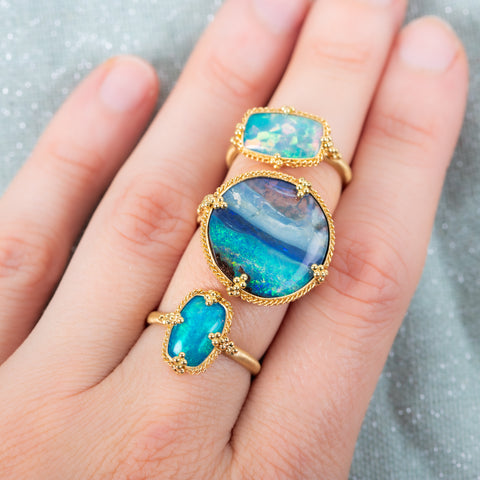
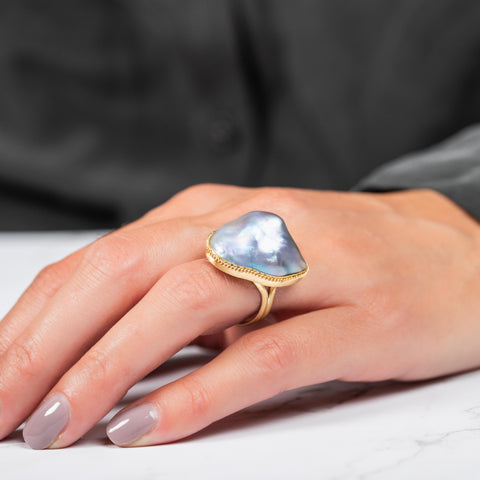

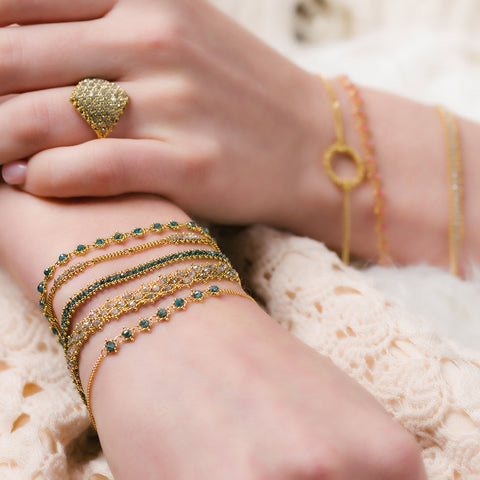


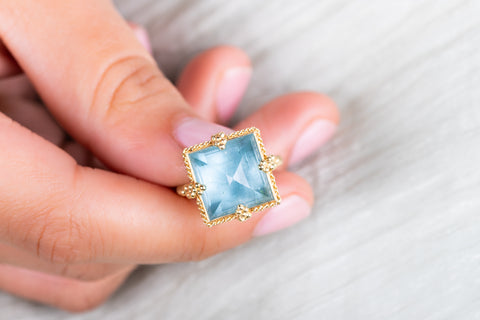
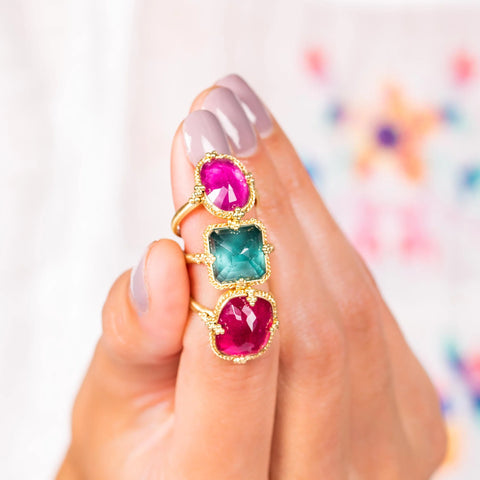
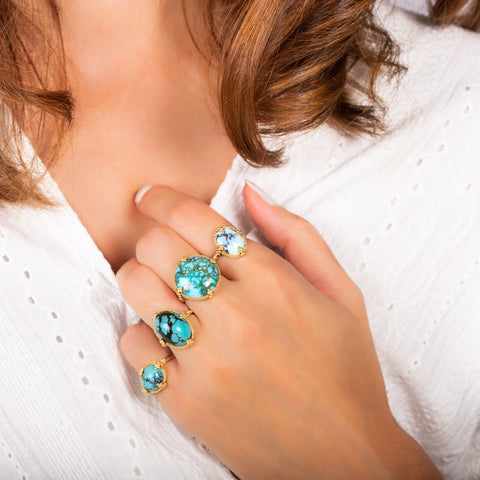
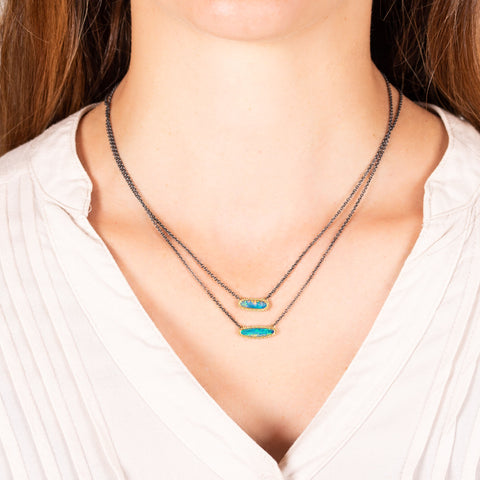



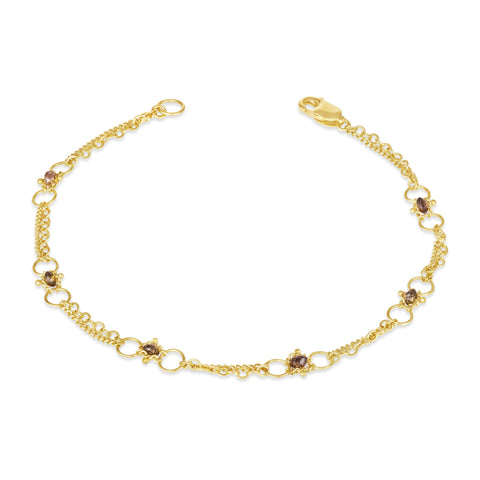
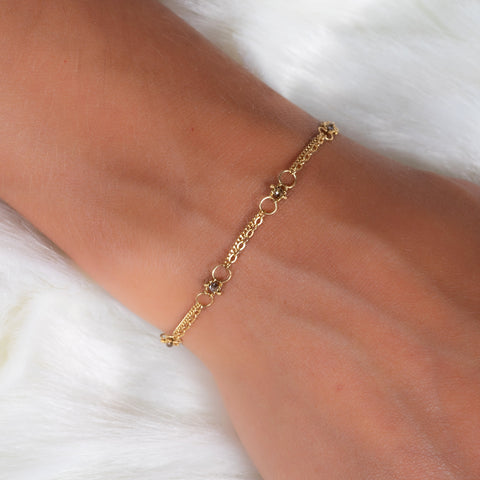
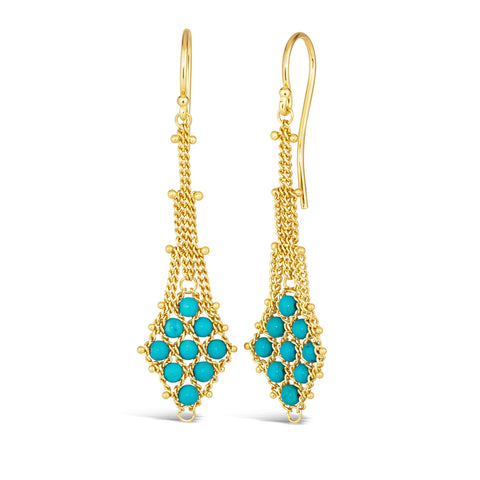
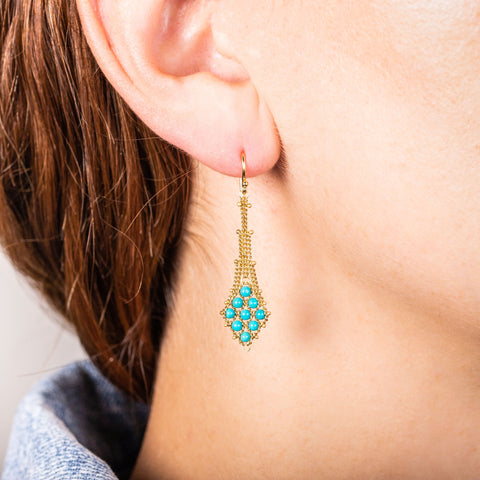



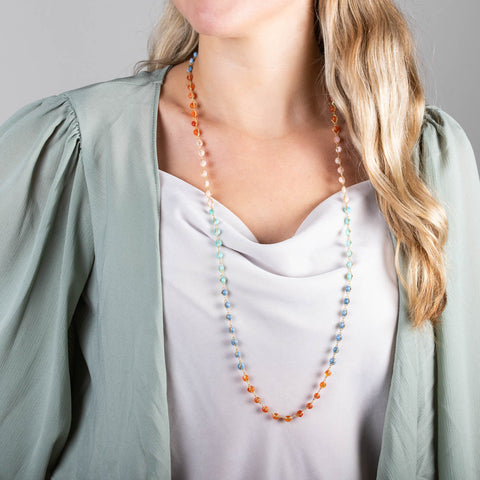
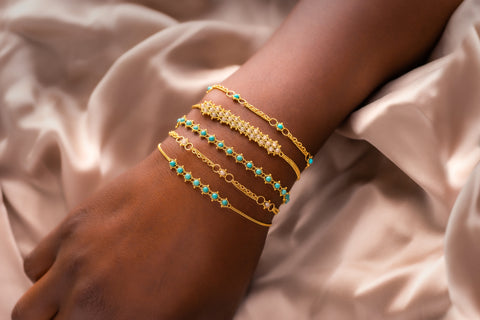
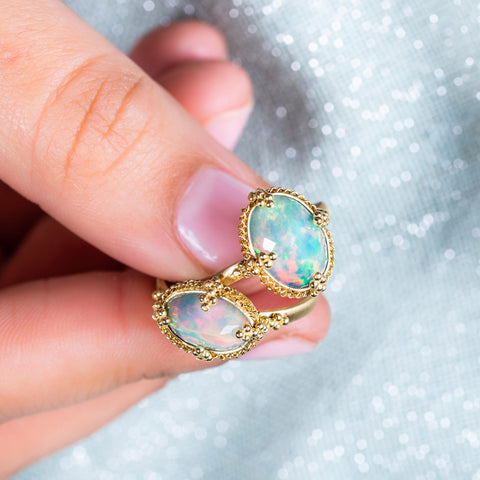
Comments (0)
There are no comments for this article. Be the first one to leave a message!